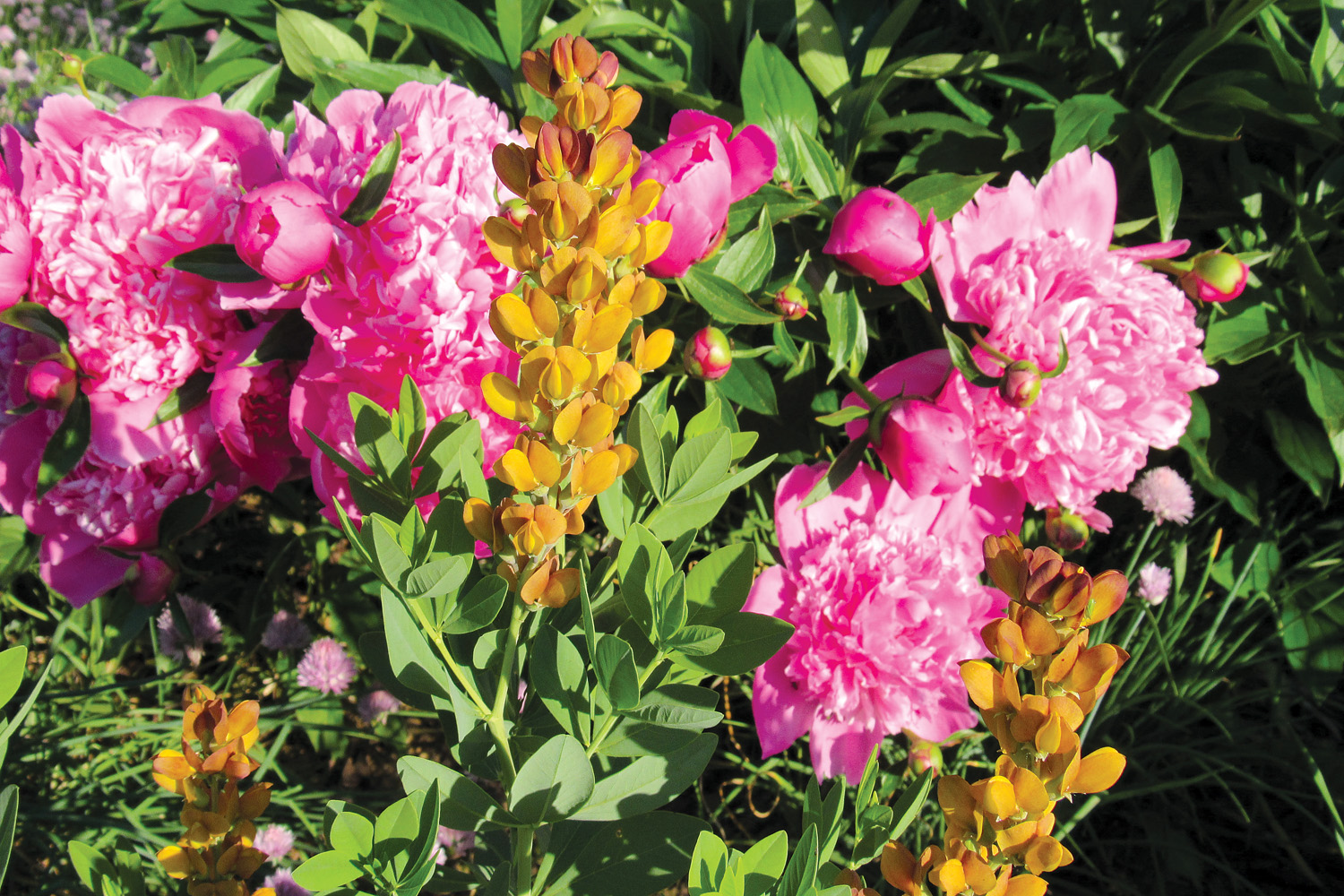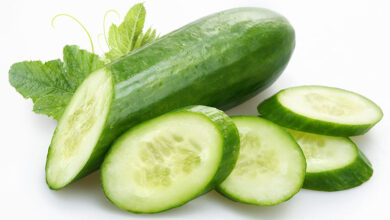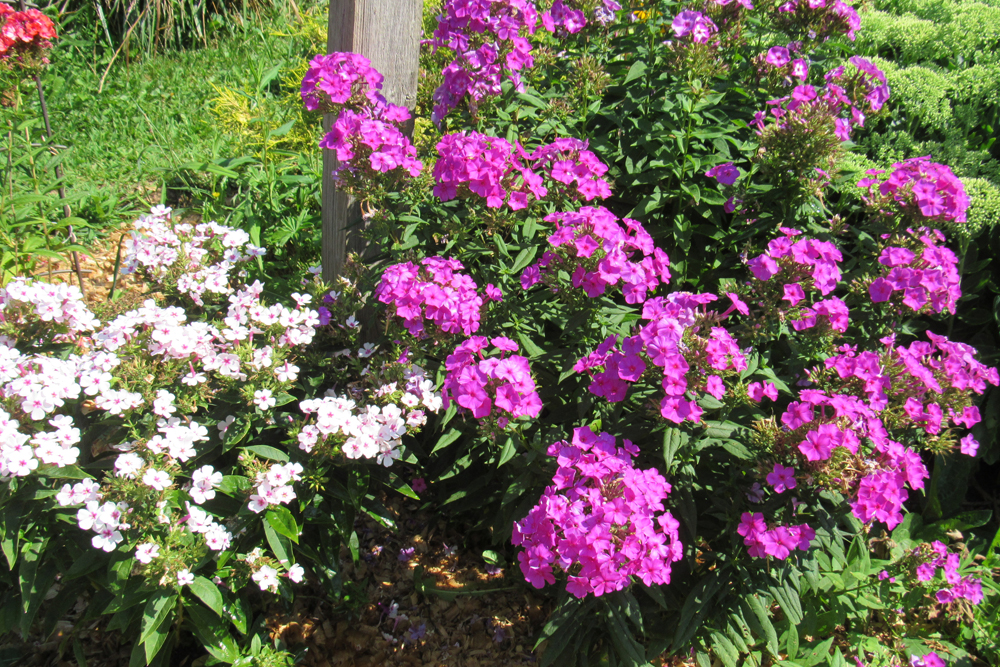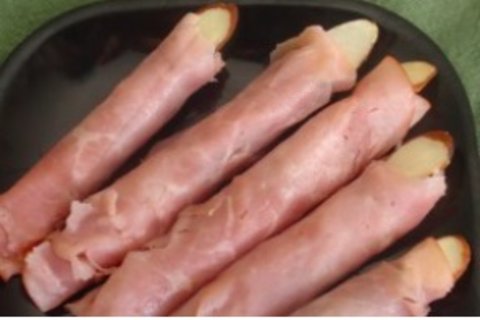Bare-root seedlings – there are advantages
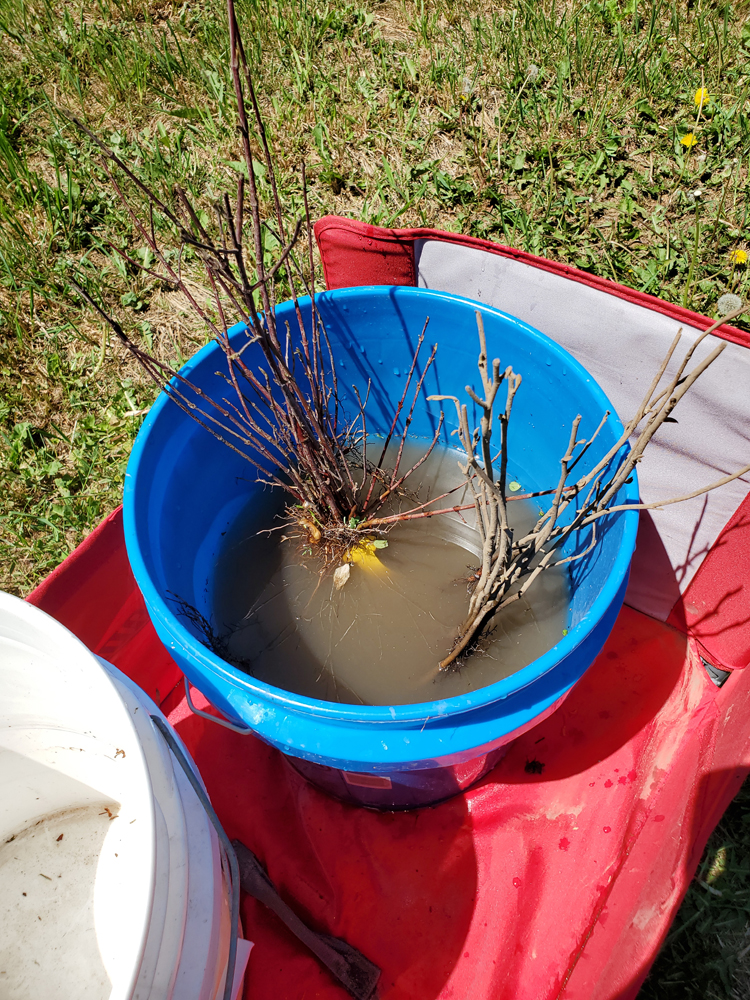
There are many choices when deciding what to plant in your landscape. Trees are a fantastic addition because they add long-time beauty, shade, habitat for animals and pollinators, and a sense of place. When you purchase trees and large shrubs, you might decide to choose potted plants because they have a small rootball and the installation is easy. Nurseries also offer large-sized burlap wrapped trees that are larger, more expensive, and more difficult to install. A third option is bare-root trees and shrubs. Bare-root seedlings are much less expensive than potted or balled stock and allow you to plant more with less effort. An additional benefit is that more unusual varieties not stocked at local garden centers are often available bare-root from catalogs because they are easy to ship.
If you decide to try bare-root seedlings, the best time to plant is early in the season. Cool temperatures, high soil moisture and dormant seedlings can be an aide to success.
Mail order catalogs typically ship bare-root seedlings in late March or early April. Penn State Extension advises to plant the seedlings soon after they arrive – however, they can be stored for about one week in a cool damp area as they dry out easily – something you do not want to happen.
When you are ready to plant, remove seedlings from grower packaging and carry to the planting site in a bucket of muddy water. You can also gently wrap them in towels or burlap. Check for specific directions from the grower. Some bare root shrubs benefit from soaking in water for a short time. Place seedlings in the ground at the same depth in which they were grown in the nursery. Penn State says the planting hole diameter should be the same as the roots’ width and the hole depth as deep as the roots’ length. Check grower recommendations for spacing.
Take one seedling at a time and be careful not to twist the roots against themselves. Look for the root collar – the area where the roots join the stem – you will see a small flare at this point. Plant only as deep as the root collar. This helps to discourage girdling roots and other root issues as the plant grows.
After placing the seedling in its hole, hold it straight with one hand and gently pack soil around it to the level of the root collar with your other hand. You should see the root collar above the ground. Gently packing soil around the roots prevents air pockets from forming which can dry out roots.
Water the seedling thoroughly, but wait for at least one month if you plan to fertilize. Mulching around the seedlings helps to discourage weeds and helps retain water. You do not want the seedlings to dry out. Mulch also helps to make the seedling more visible – my biggest problem with planting bare-root stock has been family members who have run them over with the lawn mower because they were not being careful! Tying bright colored ribbon on the stem can also help.
It may take longer to get to that beautiful large shrub or tree, but if you have the time, bare-root seedlings can establish quickly and make great strides in growth in just a few years.



